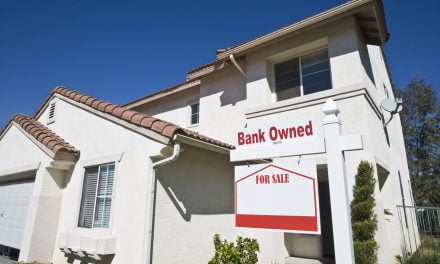What is the biggest challenge in today’s housing market?
- High home prices (40%, 8 Votes)
- Low inventory (35%, 7 Votes)
- Appraisals (20%, 4 Votes)
- Tight mortgage credit (5%, 1 Votes)
Total Voters: 20
Nine-out-of-ten real estate agents agree: 2016 is a seller’s market. This is according to national real estate brokerage, Redfin, which surveyed real estate agents in March 2016 to find out what they thought about the national housing market.
At the same time, just one-in-three agents claim now is a good time to buy, reportedly the lowest share since 2012.
Since today is a great time to be a seller, why is California — with its own unique real estate market — experiencing an inventory shortage?
Most sellers aim to sell their home and trade up to a bigger or better home. But since inventory is tight — 30% below this time last year in some California cities — and competition is high, would-be sellers are concerned they won’t find a replacement home. So they don’t list their home, and the cycle continues.
The situation for buyers continues to worsen as we near the peak home sale season. Home sales volume is faltering, and prices will be close behind.
What to expect of California’s real estate market
For real estate agents, who prefer sellers to buyers due to more certainty of earning a fee, a seller’s market sounds great. But when sellers aren’t taking advantage of the situation, it becomes more complicated.
One thing agents can consider in their marketing to sellers: buyers won’t be back in the driver’s seat for many years. A buyer’s market occurs when there is an excess of inventory for sale relative to buyers and/or when home prices are at their bottom. But in 2016 we are glimpsing an upward trend toward a peak in home prices. The demographic push from first-time homebuyers and retiring Baby Boomers will converge in the next housing boom, anticipated in 2018-2020.
But between now and 2018, buyers may find a small window to take back control. Here’s what will likely happen in the coming months:
- in the second half of 2016, home sales volume will slow due to both low inventories and high home prices;
- in late 2016 or early 2017, interest rates will begin to increase slightly in delayed reaction to the Federal Reserve’s rate hike and a strengthening global economy;
- in 2017, home prices will experience a decrease following the slowdown in sales volume and the rise in rates; and
- in 2018, sales volume and prices will begin to pick up again as demographics and the economic expansion take off.
The brief period when prices dip — and before mortgage rates increase significantly — will be a good time to buy. But this won’t be a time where buyers and sellers get rich off the profits of timing the market right, as occurred to those fortunate enough to sell before the housing bust in 2007 and buy at the market’s bottom in 2009. We are headed toward a more stable housing market, which is good news for everyone (except flippers and other get-rich-quick speculators).
In the meantime, work extra hard to obtain seller clients. If they are concerned about finding a replacement home, discuss with them exactly what they are looking for and keep an eye out for it to come on the market. When it does, alert the potential seller immediately so they can take action to buy their new home and sell their current one.



















Good article Carrie. Please consider a wight up on replacement home. When a sellers home is worth less then a replacement home. What shoul one do??
Elderly people who need a smaller place to live is becoming a challenge. Also can you research this topic. I have client who can only afford a Mobil home. Is there an article on who owns the land and which type of ownership is best for the buyer??